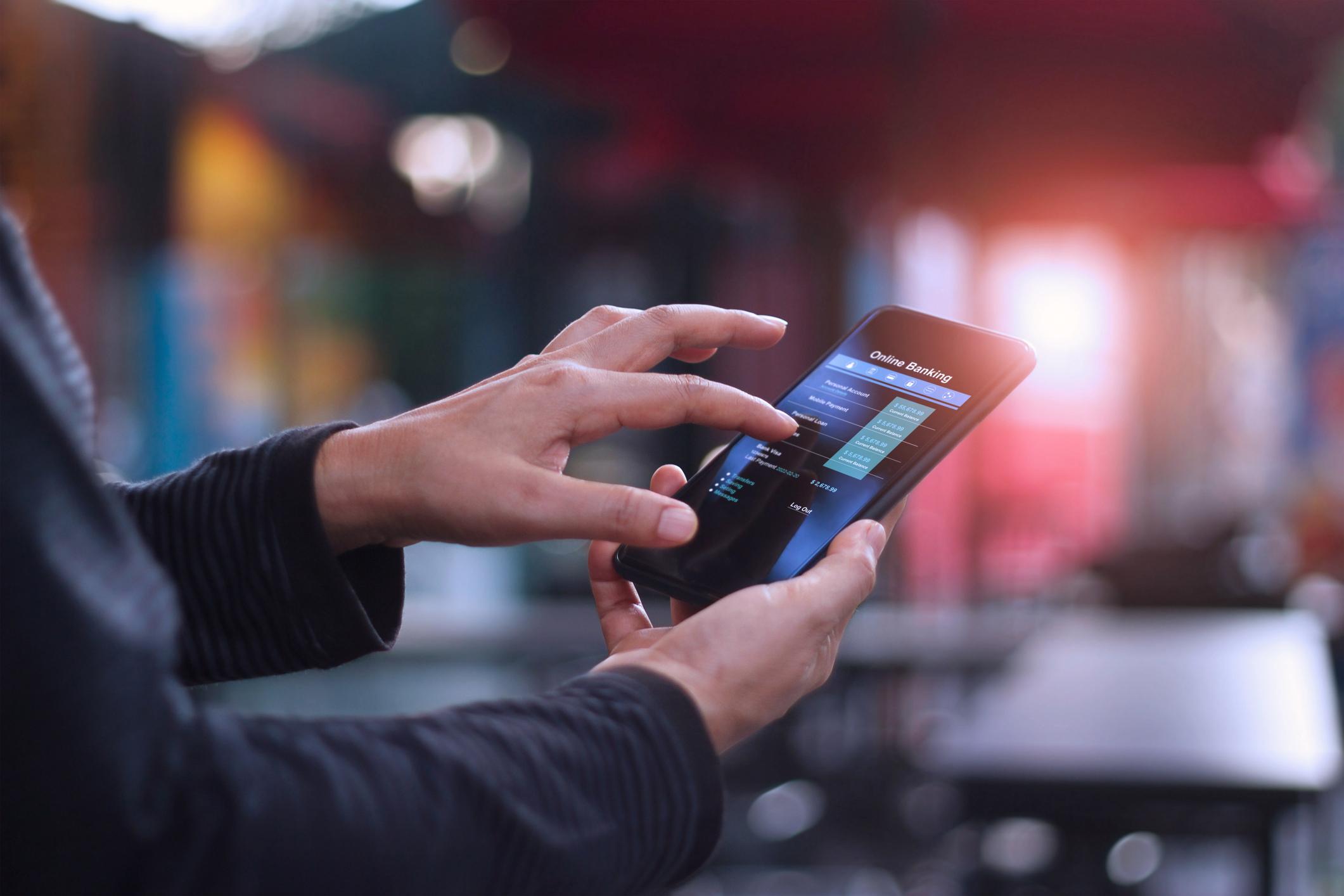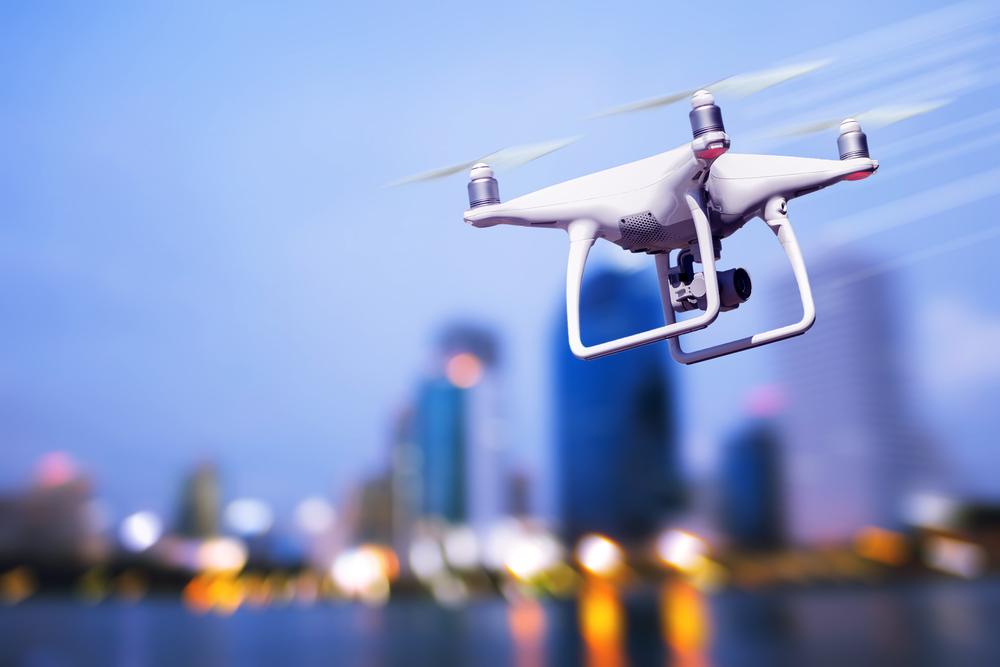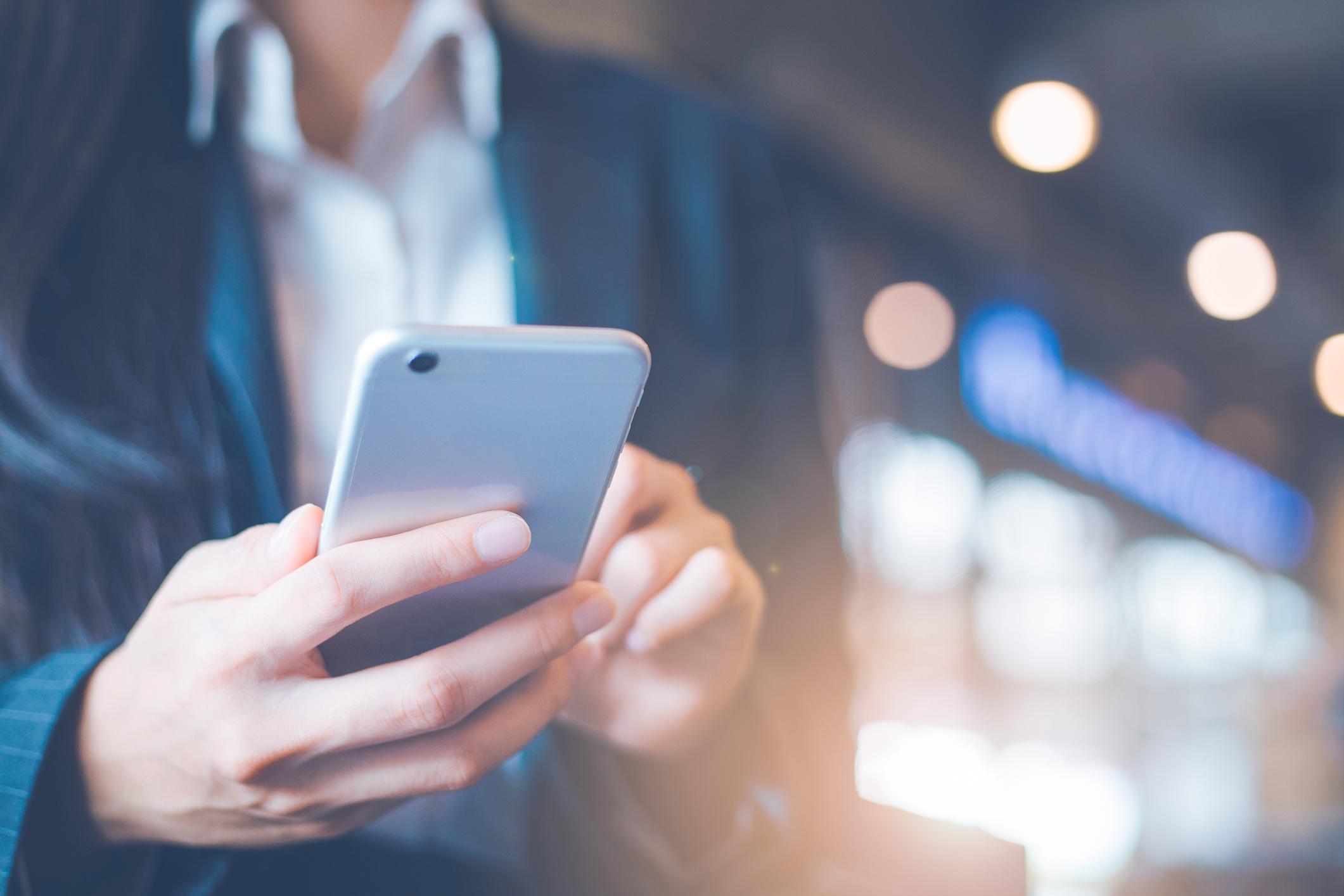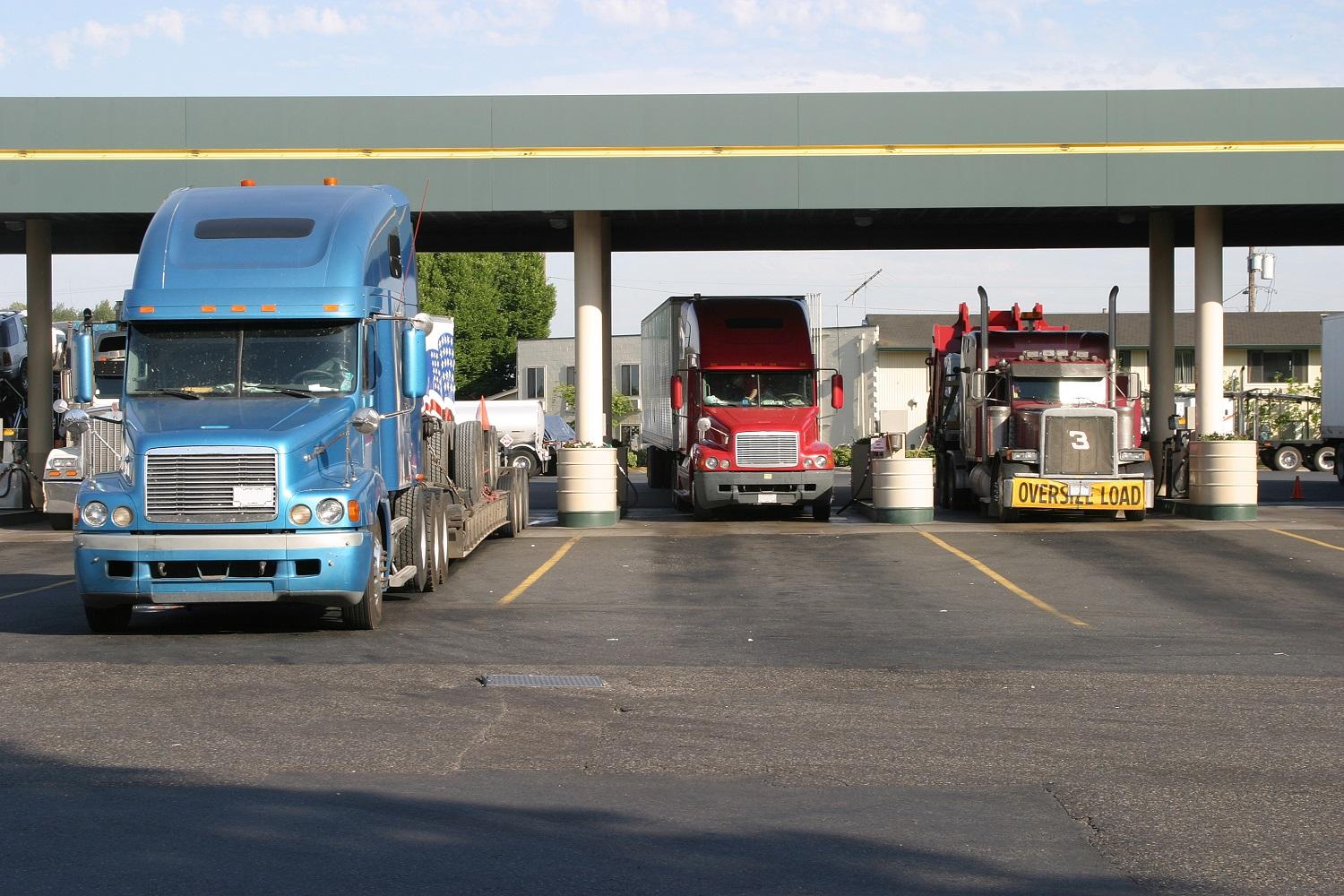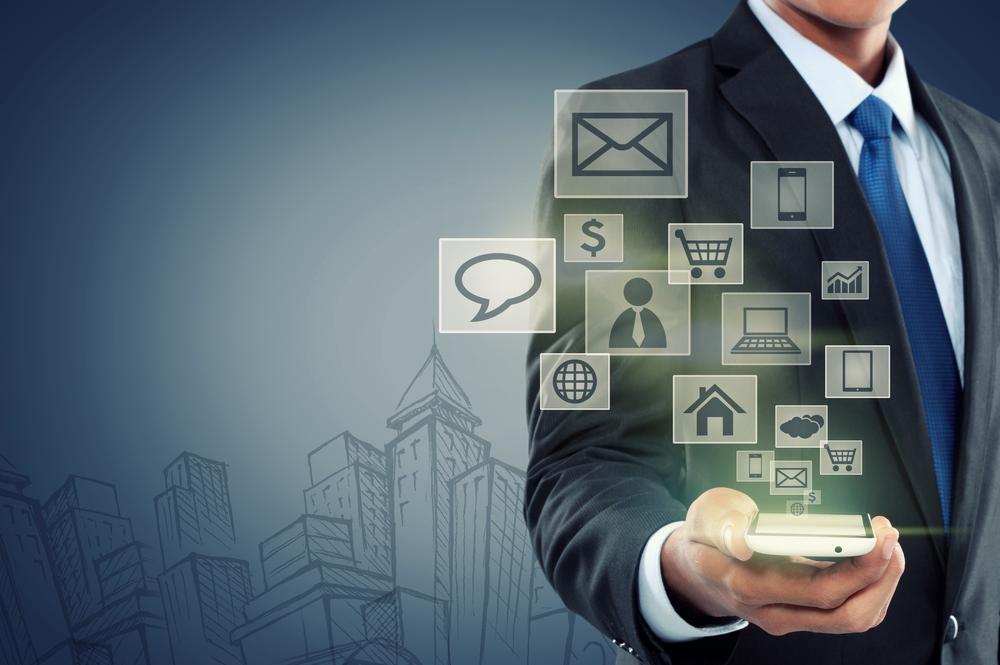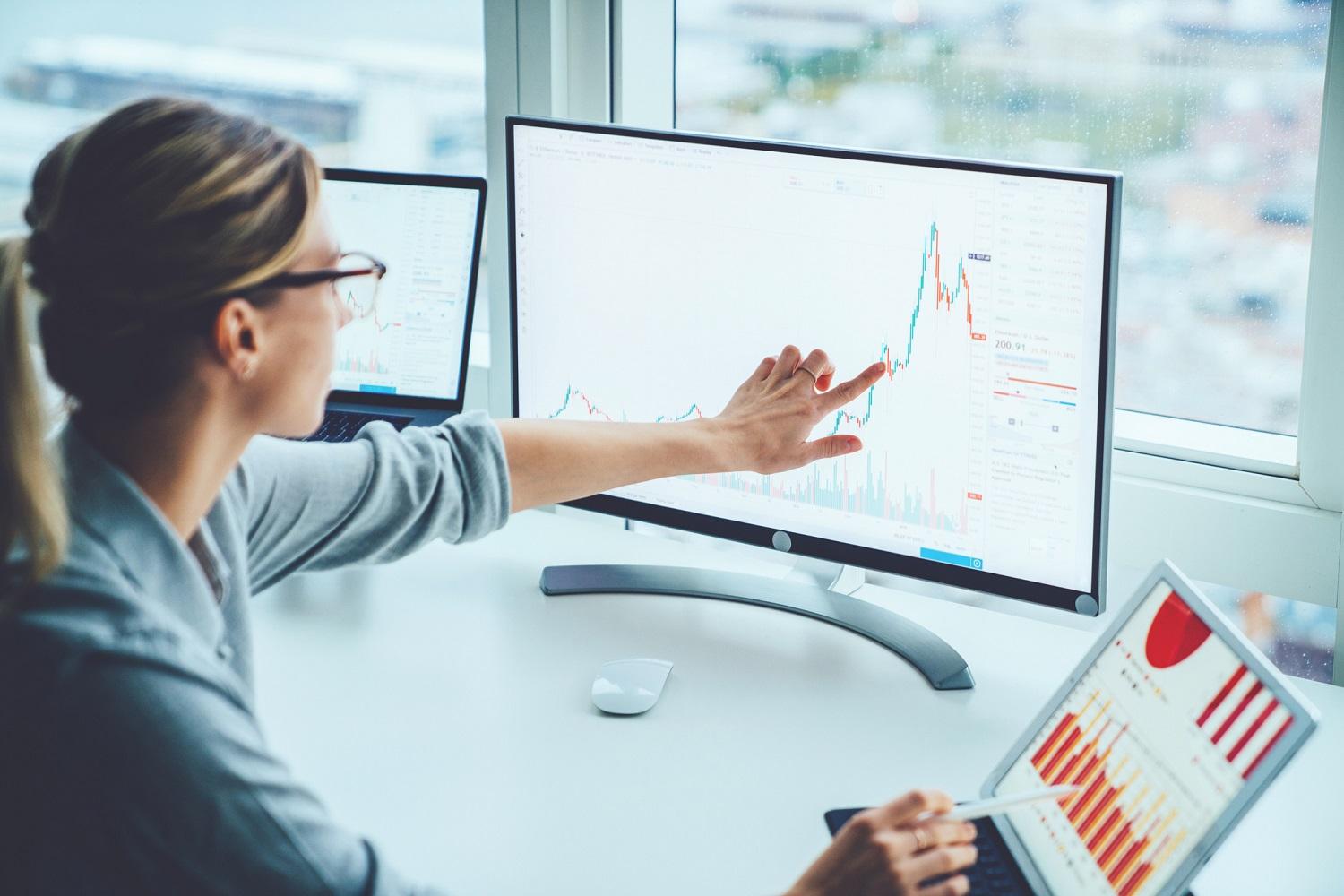MENU
Start
- Best Small Business Loans for 2024
- Businessloans.com Review
- Biz2Credit Review
- SBG Funding Review
- Rapid Finance Review
Our Recommendations
- 26 Great Business Ideas for Entrepreneurs
- Startup Costs: How Much Cash Will You Need?
- How to Get a Bank Loan for Your Small Business
- Articles of Incorporation: What New Business Owners Should Know
- How to Choose the Best Legal Structure for Your Business
Our Guides
- Business Ideas
- Business Plans
- Startup Basics
- Startup Funding
- Franchising
- Success Stories
- Entrepreneurs
Small Business Resources
Grow
- The Best Credit Card Processors of 2024
- Clover Credit Card Processing Review
- Merchant One Review
- Stax Review
Our Recommendations
- How to Conduct a Market Analysis for Your Business
- Local Marketing Strategies for Success
- Tips for Hiring a Marketing Company
- Benefits of CRM Systems
- 10 Employee Recruitment Strategies for Success
Our Guides
- Sales & Marketing
- Finances
- Your Team
- Technology
- Social Media
- Security
Small Business Resources
Lead
- Best Business Phone Systems of 2024
- The Best PEOs of 2024
- RingCentral Review
- Nextiva Review
- Ooma Review
Our Recommendations
- Guide to Developing a Training Program for New Employees
- How Does 401(k) Matching Work for Employers?
- Why You Need to Create a Fantastic Workplace Culture
- 16 Cool Job Perks That Keep Employees Happy
- 7 Project Management Styles
Our Guides
- Leadership
- Women in Business
- Managing
- Strategy
- Personal Growth
Small Business Resources
Find
- Best Accounting Software and Invoice Generators of 2024
- Best Payroll Services for 2024
- Best POS Systems for 2024
- Best CRM Software of 2024
- Best Call Centers and Answering Services for Busineses for 2024
Our Recommendations

Online only. Expires 4/27/2024
What Is Geofencing and How Can It Benefit Businesses?

Table of Contents
Smartphones never leave our sides and they’ve begun to act as beacons where processes like geofencing send location-based data to companies looking to leverage information on segments of users. Geofencing allows businesses to target certain groups of users in specifically designated areas. Its implementation can benefit companies in many different ways, such as driving local foot traffic to a storefront or delivering localized ads to nearby users. Find out how geofencing works and some of the best ways businesses can utilize it.
What is geofencing?
Geofencing is when businesses or other organizations create virtual boundaries around specific zones or locations. Using GPS, radio frequency identification (RFID), Wi-Fi or cellular data, organizations can drop points on a map to form a shape ― usually a square, polygon or circle ― to designate a virtual zone for a variety of purposes. When people enter or exit the zone, an action can be triggered, such as sending a notification or a location-based ad with a coupon.
Geofencing also allows businesses to collect data. When a user, whether that be a customer, truck driver or drone, enters that area, a business receives information on that user, even if it’s only that they’ve arrived. The idea of businesses, or employers, “tracking” relevant users may sound like a violation of privacy, but all this technology operates within the confines of modern privacy laws. Geofencing and location-based data gathering is a tremendously powerful technology that can be leveraged by businesses of all sizes.
How does geofencing work?
Geofencing is a technology that combines device-level internet protocol (IP) address interaction with GPS data and cellular network data. Marcus Cudd is the president and director of digital marketing for SearchworxX, a company that specializes in digital marketing and offers location-based advertising services. He said that geofencing and location-based advertising is supported by the way devices interact with the IP addresses around them.
Our devices have device addresses and, when they interact with various routers or other hardline connections, our device address is registered at that IP address and vice versa. This, combined with our cellular devices pinging cell phone towers every few minutes, allows data specialists to locate a device and thus a user or consumer.
“That cell phone is going to be pinging the tower and, when it pings the tower, the networks are able to pick up where that person is located within that polygon and that person is essentially added to an audience that you can target at any point in time,” Cudd said.
There are a few kinds of geofencing and details on how all the technology works is highly technical and complicated. As a business owner, it’s important to understand that, at its base, geofencing involves interaction between devices and IP addresses with cellular and GPS data included in a specifically defined area.
Geofences create a virtual border around a designated zone. When a device, such as a smartphone, enters the zone, it interacts with the IP address that created the geofence. The device can be tracked, provide data or receive communications.
How can businesses use geofencing?
Geofencing is a highly useful tool for businesses. By defining a specific area, companies can benefit in a multitude of ways, such as by obtaining data about consumers or employees, sending targeted marketing messages and enticing potential customers away from the competition. Here are some of the most relevant uses of geofencing for businesses.
Location-based advertising
Geofencing has excelled in the location-based advertising space and there are a host of applications. Cudd said, for example, that businesses can set up geofences around a competitor and be alerted when a customer enters that area. You can send a push notification with a coupon or an advertisement for your service in their phone’s web browser to try and influence the consumer to choose you over the competition.
Beyond just trying to stay ahead of competitors, geofencing allows businesses to target the right demographics at the right time and in the right place. You can send marketing messages to engage specific target customers when they come near your business, making the ad more impactful and cost-effective. For example, a clothing store geared toward young consumers might send out a promotional coupon to the phones of 18- to 24-year-olds as they enter the mall where the store is located.
Consumer data collection and personalization
Geofencing allows businesses to see who is coming into a space, such as a physical store, how long they stay there and if they return. Companies can collect a large amount of consumer data that they can use to create targeted, personalized marketing messages.
“We believe that understanding real-world consumer behavior is critical in brands being able to engage consumers in a timely, relevant way,” said Gil Larsen, Vice President and Managing Director, Americas at Blis, a marketing technology company that offers location-based data services. “The more you know about a consumer, based on what they’re doing in the real world, the more relevant you can make the advertisement. And the more relevant the messaging, the more likely it is for that consumer to engage.”
Gathering data to create personalized messages goes beyond bombarding users with push notifications or text messages when they enter a place. Geofences can be set up to better understand consumer behavior, so that marketing communications are sent out at the most appropriate time, which isn’t always the moment a consumer crosses a geofence.
Larsen provided the example of a person shopping for a car. A car is a big purchase that requires a lot of thought and attention. A banner ad or push notification while a customer is in a store may not make a lasting impression. Larsen said instead it may be a good strategy to wait a few days until that customer is at home and serve an ad on their smartphone, tablet or home computer.
Human resources
Human resources (HR) departments can benefit from geofencing as well. Employees can be tracked when they enter and exit a geofenced area. Businesses can set up a time and attendance system using geofencing to monitor when and how long employees are at the office. Geofences can also be set up around off-site locations to monitor employees when they aren’t in the office.
Besides monitoring employees, geofencing can be used for recruitment. HR departments can develop recruitment strategies targeted to ideal candidates in a specific area. For example, a business can send recruitment messages to people that fit the job profile as they exit a convention or trade fair.
Social networks
Location-based tags, filters and stickers are all made possible because of geofencing technology. Most social media networks, such as Facebook, Instagram and Snapchat, allow advertisers to set up geofences to target users with customized ads. Businesses can make use of geofencing by targeting social media users at specific events and locations. They can also prompt users who visit their location to check in, leave a comment or write a review.
Fleet management
Geofencing is used by some shipping and construction fleets that use GPS fleet management software. A shipping company can set up geofences that send out automated notifications to the recipient, such as when the package leaves the shipping facility or when it enters the recipient’s ZIP code. It also allows the shipping company to see when a vehicle deviates from a route or fails to advance.
Construction companies can set up a geofence around a worksite and get an alert when a driver enters the work site. This can help with compliance standards and ensure employee honesty about job length.
Drone management
In addition, geofencing has emerged as a unique software element for drone businesses. Zeitview, a California-based company that builds advanced inspection software for renewable energy and sustainable infrastructure, uses drones to support professional worksite surveying and photographing. They use geofencing to keep their drones in a worksite when they’re on autopilot.
“The geofence, in essence, is the boundary of the area it’s going to fly [in] and the drone will programmatically autopilot flying back and forth around it,” said Nick Osgood, Head of Operations for Zeitview. Osgood said that the Federal Aviation Administration and other regulatory agencies use geofences to keep drones and other aircraft out of important areas like airports or stadiums.
The autopilot feature that DroneBase offers is one that shows the power geofencing provides outside of the location-based marketing industry.
What are the privacy concerns with geofencing?
Beth Fulkerson, a partner at Culhane Meadows PLLC who specializes in internet advertising, copyright and trademark law, said it’s important for businesses to respect consumers’ privacy when using this technology. She said businesses should always obtain user permission before collecting data and should only collect data that’s needed.
“The basic rule is that companies should be very careful to always consider privacy when they design any kind of product or service ― the FTC [Federal Trade Commission] now requires that,” she said. “The two concepts now are consent plus transparency … You need to get affirmative express consent before you take somebody’s location information.”
This comes in the form of a user opting into GPS services on your app or opting into location-based services in their smartphone’s settings. Users can limit location-based advertising data, which is an option that can also be toggled in the settings panel.
Larsen made it clear that the location-based advertising his company does complies with privacy laws.
This is because the companies are operating with data and information delivered on a device level ― they don’t gather data directly from individual users, instead targeting devices in market segments and advertising to those whole segments. It’s easier to understand geofencing when you view it from a one-on-one marketing experience, but businesses market to whole groups of users and do not directly target one person or one device.
When using geofencing, businesses should make sure to respect consumer privacy by collecting data from users who have opted in and being transparent about what data is collected and how it will be used.
What should businesses know before using geofencing?
Depending on the type of business you own, geofencing may be a technology worth considering. There are some current applications in advertising and drone videography, but there are several others as well. If you’re interested in adding geofencing to your marketing strategy, it’s important to approach it from the right perspective.
Cudd said businesses should consider outsourcing their marketing strategy and operations to a third-party digital marketer to ensure that the best data is being analyzed and leveraged by professionals. “The reason you really need an agency that does this stuff professionally is because they’re going to be using this stuff every day, they understand other clients and they understand how to track it and give you the result,” he said.
When hiring a marketing company make sure you identify your business’ marketing goals and thoroughly research companies to find out which one can best meet your needs.
Larsen said that businesses can benefit from a strategic partnership, but Blis also provides a platform for business owners to collect and analyze data on their own. He said that building this type of technology into an overall marketing strategy can help pinpoint the right customers with relevant ads.
“It’s just reinforcing what you’re currently doing, but it’s doing it in a more targeted way and speaking to people in a more relevant way on their most personal device, which is typically their smartphone or a tablet,” he said.
One thing to watch out for, regardless if you use geofencing or location-based technology, is the prevalence of bad data in the market ― especially in the marketing and advertising industries. Larsen said that business owners should be wary of all data and should talk with agencies and vendors about how they scrub their data to make sure it’s accurate.
“There’s just so much inaccurate data floating around being used out there,” he said. “For us, it’s [good data] the most important thing because if you don’t start with the most accurate data, then the rest of the campaign isn’t going to perform well either.”
Is geofencing right for my business?
There are many different ways that geofencing can benefit businesses. The important thing is to first consider the needs of your company and then see how geofencing could potentially be utilized to help meet those needs. Whether it be collecting data on consumers, implementing location-based marketing strategies, engaging users on social media or monitoring employees, geofencing is a powerful tool that can help your business thrive.


